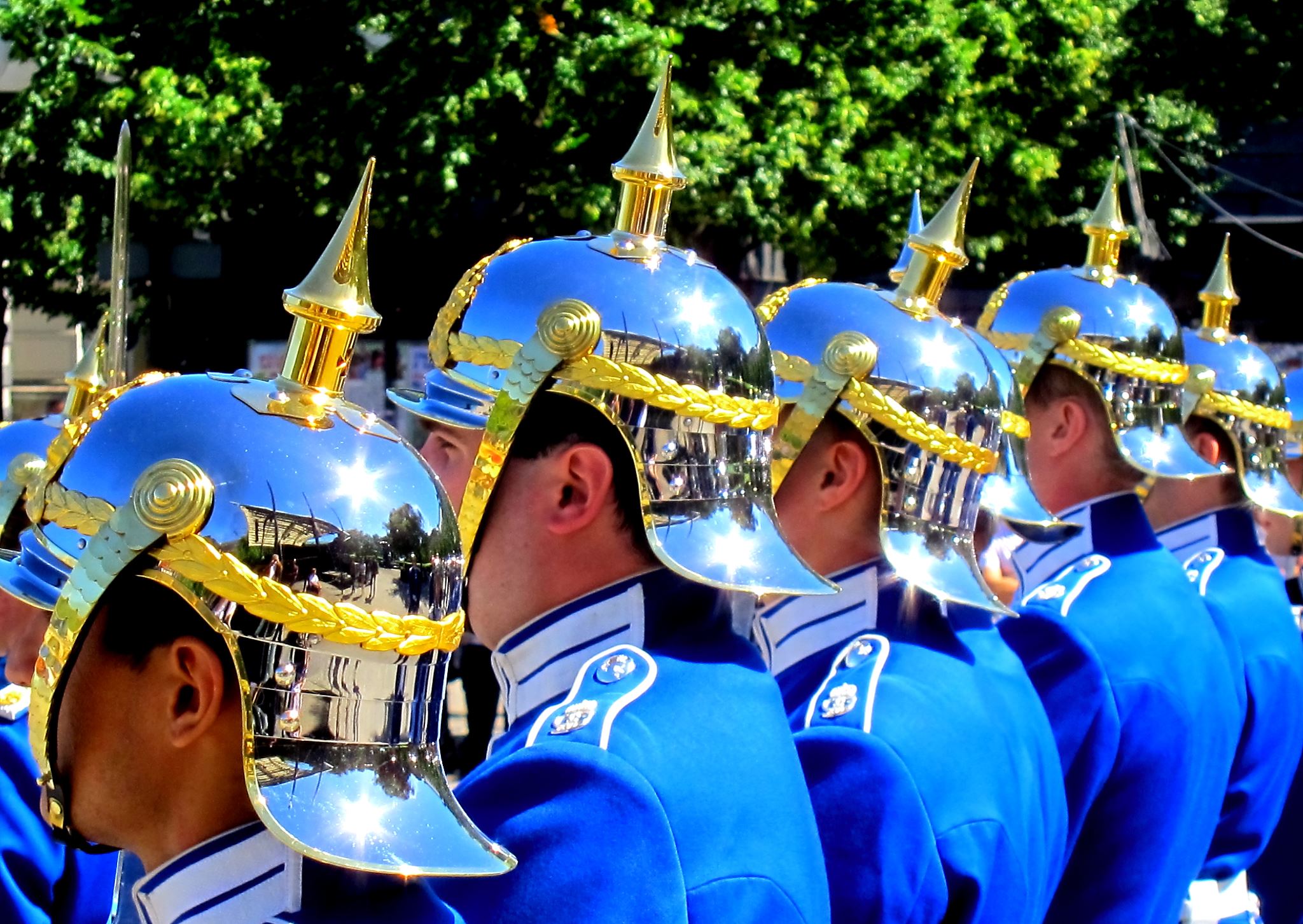|
Straight-six Engine
The straight-six engine (also referred to as an inline-six engine; abbreviated I6 or L6) is a piston engine with six cylinders arranged in a straight line along the crankshaft. A straight-six engine has perfect primary and secondary engine balance, resulting in fewer vibrations than other designs of six or less cylinders. Until the mid-20th century, the straight-six layout was the most common design for engines with six cylinders. However, V6 engines became more common from the 1960s and by the 2000s most straight-six engines had been replaced by V6 engines. An exception to this trend is BMW which has produced automotive straight-six engines from 1933 to the present day. Characteristics In terms of packaging, straight-six engines are almost always narrower than a V6 engine or V8 engine, but longer than straight-four engines, V6s, and most V8s. Straight-six engines are typically produced in displacements ranging from , however engines ranging in size from the Benelli ... [...More Info...] [...Related Items...] OR: [Wikipedia] [Google] [Baidu] |
Ravenloft (module)
''Ravenloft'' is an adventure module for the '' Dungeons & Dragons'' (''D&D'') fantasy role-playing game. The American game publishing company TSR, Inc. released it as a standalone adventure booklet in 1983 for use with the first edition ''Advanced Dungeons & Dragons'' game. It was written by Tracy and Laura Hickman, and includes art by Clyde Caldwell with maps by David Sutherland III. The plot of ''Ravenloft'' focuses on the villain Strahd von Zarovich, a vampire who pines for his lost love. Various story elements, including Strahd's motivation and the locations of magical weapons, are randomly determined by drawing cards. The player characters attempt to defeat Strahd and, if successful, the adventure ends. The Hickmans began work on ''Ravenloft'' in the late 1970s, intent on creating a frightening portrait of a vampire in a setting that combined Gothic horror with the ''D&D'' game system. They play-tested the adventure with a group of players each Halloween for five ye ... [...More Info...] [...Related Items...] OR: [Wikipedia] [Google] [Baidu] |
Polikarpov I-6
The Polikarpov I-6 was a Soviet biplane fighter prototype of the late 1920s. It was designed with traditional wooden construction in comparison with the wood and steel tube construction Polikarpov I-5. Its development took longer than planned and the lead designer, Nikolai Polikarpov, was arrested for industrial sabotage, which only further delayed the project. Only two prototypes were built, as the I-5 was selected for production. Design and development Development of the I-6 (''Istrebitel''—fighter) began in September 1928 with a deadline for delivery for the first prototype of 1 August 1929 after the first prototypes of the Polikarpov I-3 were completed. Although the new fighter shared many of the characteristics of the earlier design, including the staggered sesquiplane, single-bay, layout of the wings, it was a new design which used a nine-cylinder, single-row, air-cooled Bristol Jupiter radial engine rather the water-cooled inline engine of its predecessor. It was desi ... [...More Info...] [...Related Items...] OR: [Wikipedia] [Google] [Baidu] |
Sweden
Sweden, ; fi, Ruotsi; fit, Ruotti; se, Ruoŧŧa; smj, Svierik; sje, Sverji; sju, Sverje; sma, Sveerje or ; yi, שוועדן, Shvedn; rmu, Svedikko; rmf, Sveittiko. formally the Kingdom of Sweden, is a Nordic countries, Nordic country located on the Scandinavian Peninsula in Northern Europe. It borders Norway to the west and north, and Finland to the east. At , Sweden is the largest Nordic country and the List of European countries by area, fifth-largest country in Europe. The Capital city, capital and largest city is Stockholm. Sweden has a population of 10.5 million, and a low population density of ; around 87% of Swedes reside in urban areas in the central and southern half of the country. Sweden’s urban areas together cover 1.5% of its land area. Because the country is so long, ranging from 55th parallel north, 55°N to 69th parallel north, 69°N, the climate of Sweden is diverse. Sweden has been inhabited since Prehistoric Sweden, prehistoric times, . T ... [...More Info...] [...Related Items...] OR: [Wikipedia] [Google] [Baidu] |
List Of Swedish Regiments
This is a list of Swedish regiments and other military units ( divisions, brigades, battalions, companies) that have existed since the 16th century. Most formations have changed names several times during their existence. Listed here are commonly used names. Regiments were the highest organized organic units in the Swedish Army from the time of Gustavus Adolphus on to the Second World War. In 1949, the Swedish Army was reorganised, with the regiments being used as training units for conscripts during peacetime. The new main fighting unit was the brigade, only organised in wartime (with a few exceptions). The division (''fördelning'') is not a static organization, but can have brigades assigned and removed when needed, similar to other countries' corps formations. For a short background of the Swedish conscription system historically used, see the article on the Swedish allotment system. Grand regiments ''Storregementen'' or ''landsregementen'' (regiments of the land), these ... [...More Info...] [...Related Items...] OR: [Wikipedia] [Google] [Baidu] |
Västgöta Regiment
The Västgöta Regiment ( sv, Västgöta regemente), also I 6, was a Swedish Army infantry regiment that traced its origins back to the 16th century. It was converted from a cavalry regiment in 1811 and disbanded in 1927. The regiment's soldiers were recruited from the province of Västergötland, and it was later garrisoned there. History The regiment was converted from the cavalry regiment Västergötland Dragoon Regiment in 1811 and was given the name Västgöta Regiment. The regiment was given the designation I 6 (6th Infantry Regiment) in a general order in 1816. It was garrisoned in Vänersborg from 1916, and disbanded in 1927. Campaigns *None Organisation ;1833 * Livkompaniet *Laske kompani *Älvsborgs kompani *Barne kompani *Kåkinds kompani *Vadsbo kompani *Gudhems kompani *Vartofta kompani Commanding officers Regimental commander from 1679 to 1927. *1679–1708: G Zelow *1708–1710: K Hierta *1710–1714: C G Dücker *1714–1719: Hans von Fersen ... [...More Info...] [...Related Items...] OR: [Wikipedia] [Google] [Baidu] |

